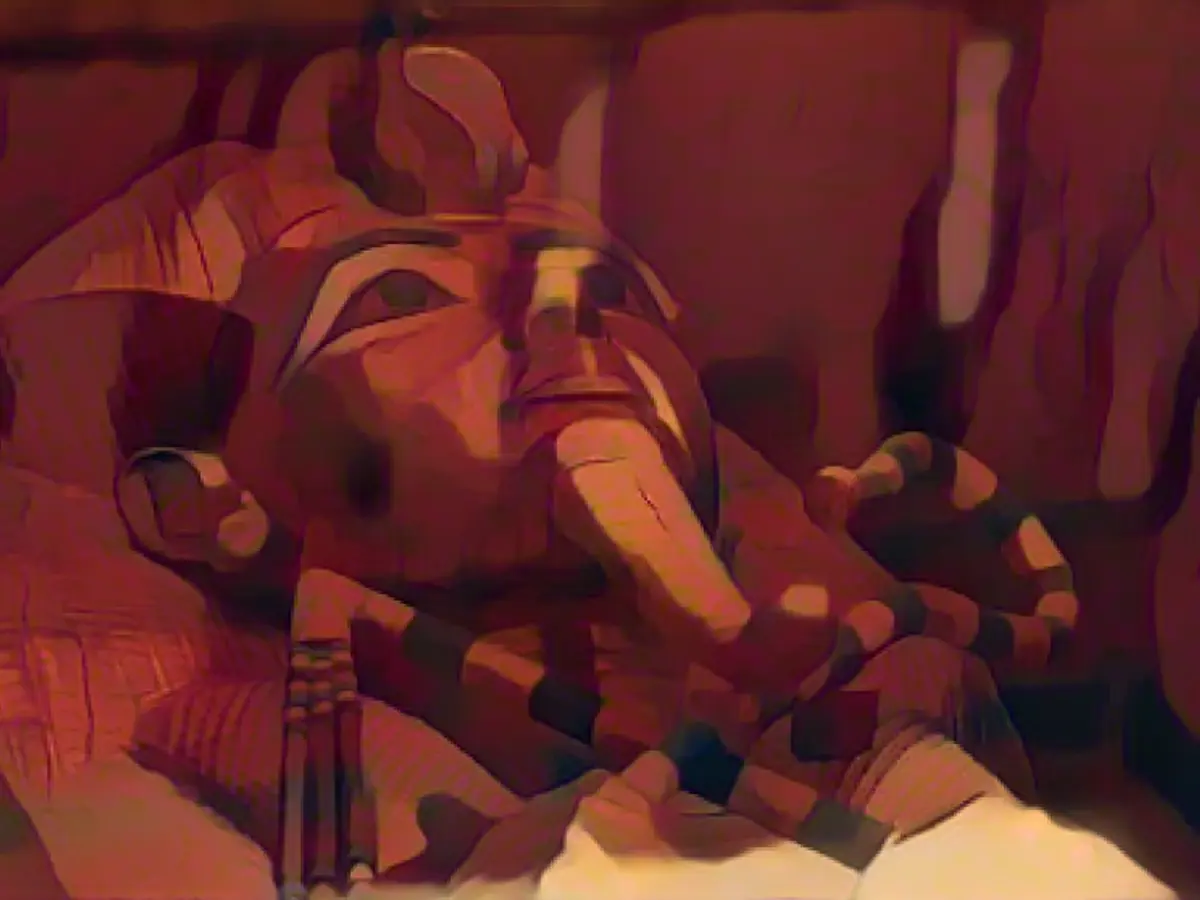Unraveling the Pharaoh's Secret: The So-Called 'Curse' Unveiled
Have you ever heard about the infamous 'curse of the pharaohs'? It's the rumor that anyone who disturbs the peace of a pharaoh's burial is bound to face unnatural consequences, even death. The mysterious tale gained traction after the discovery of Tutankhamun's tomb, leading to numerous and chaotic theories. But is there any truth to this supposed curse? Let's dive into the facts.
The Pharaoh's Challenge: An Invisible Hazard
The 'curse of the pharaoh' may be nothing more than a captivating yarn, but there's a hidden danger lurking in pharaoh's tombs that has legitimately claimed lives over the centuries.
"In case you've got a mummy in a tomb, that mummy carries germs that you can't even see," says Egyptologist Zahi Hawass. "Back in the day, archaeologists were in a hurry and would enter tombs without taking proper precautions. This is where they'd come into contact with these invisible germs and sadly, some of them paid the ultimate price."
Behind the Legend: Fact and Fiction
The story of the 'curse of the pharaohs' gained prominence in the collective consciousness following the discovery of Tutankhamun's tomb in 1922. After coincidental deaths of key players involved in the excavation process, the associated myth took root.
Hawass adds that the story spread further after the American magazine "Sun" sensationalized the supposed curse related to the incident with Lord Carnarvon's death. While there's still an undeniable allure to this legendary curse, modern research paints a different picture.
Ancient Bacterial Havoc
Contemporary archaeologists acknowledge the threat of hidden germs from ancient tombs. Machine learning and advanced techniques are being employed to identify and detect these microorganisms in the hope of protecting future researchers from falling victim to old-age microbes.
Further Reading
- The opening of Tutankhamun's tomb attracted an array of experts from various fields, including archaeology.
- The touring exhibition of Tutankhamun's treasures sparked global fascination with ancient Egypt and its pharaohs.
- Present-day archaeologists in Egyptian tombs prioritize safety measures to shield themselves from these ancient germs, recognizing the dormant danger that took the lives of early explorers.
Background Information
- Contemporary scientific research suggests that the 'curse of the pharaohs' has been attributed to various natural causes, including exposure to ancient germs and bacteria.
- Research on ancient mummified Egyptian bodies has identified several bacterial and fungal species, such as Aspergillus niger, Penicillum chrysogenum, and Bacillus subtilis. These microorganisms can cause infections and negatively affect people with pre-existing conditions, ending their lives.
- While the legend of the pharaoh's curse remains captivating, facts and scientific evidence suggest that the mysterious deaths experienced by archaeologists can be traced back to the introduction of ancient germs into their systems.








